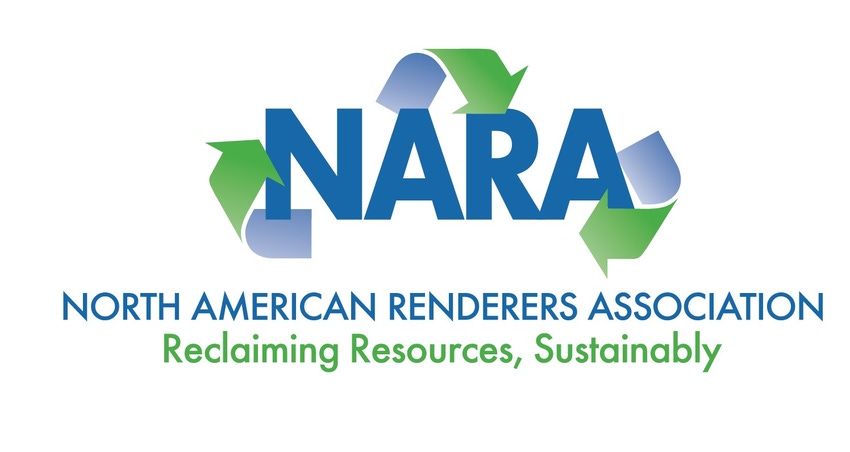As Congress considers policies to help the U.S. meet its climate goals, Swisher urged the Committee to consider the role that rendering plays.
July 20, 2022

Last week President and CEO of the North American Renderers Association Kent Swisher testified before the U.S. House of Representatives Select Committee on the Climate Crisis on the sustainability benefits of rendering. Swisher was one of four witnesses testifying and the sole representative of the agriculture sector. He was joined by Dana Gunders, executive director, ReFED, Melinda Cep, vice president for Natural Solutions and Working Lands, National Audubon Society, and Elly Brown, co-executive director, San Diego Food System Alliance.
The hearing, "Climate Smart from Farm to Fork: Building an Affordable and Resilient Food Supply Chain," covered topics that renderers and those in the rendering industry have long been eager to discuss, as the recognition of agriculture as a key part of the climate change solution continues to grow.
In his testimony, Swisher described rendering as "an essential pathway in creating a sustainable food system." Each year, renderers recycle a huge volume - more than 56 billion pounds - of meat and bone leftovers from livestock and poultry farming, meat processing, supermarkets, meat lockers and restaurants. By doing so, rendering prevents alternative disposal methods which lead to unnecessary greenhouse gas emissions.
Swisher explained that “Rendering is an important and critical part of the solution to reducing food waste – and one that many do not know of or talk about when having the sustainability conversation. It’s a solution that directly addresses food waste worldwide by finding practical uses for a wide range of meat products, used cooking oil, and other food materials consumers consider inedible. Rendering recycles and reuses this material to create nutritious pet food, animal and aquaculture feed, biodiesel, and countless other useful products. By reclaiming and upcycling these products, rendering makes our food footprint smaller.”
As Congress turns its attention to the food supply chain and considers policies to help the U.S. meet its climate goals, Swisher urged the Committee to consider the role that rendering plays in shrinking our food production carbon footprint. "NARA supports a level playing field among recyclers to prevent unfair market advantage and unequal competition for animal byproducts. The rendering industry respectfully recommends that any legislative effort adequately recognize the early leaders in GHG reduction."
Renderers are often called the "Original Recyclers." North Americans consider roughly 50% of an animal to be inedible. Rendering safely and hygienically processes this leftover "meat we don't eat" (like fat, protein, feathers, bone, and also used cooking oil) to create upcycled and sustainable fats and protein meals that are used to produce new products like safe and nutritious pet food and animal feed, biofuels, fertilizer and many other everyday products. By doing so, rendering recycles 99% percent of this unwanted meat, keeping it out of landfills, and therefore reducing food waste and lowering GHG emissions.
In addition to its environmental sustainability benefits, the rendering industry accounts for $10 billion in U.S. economic activity and employs tens of thousands of people across the country in full-time jobs with benefits, in rural and urban communities.
Source: North American Renders Association, which is solely responsible for the information provided, and wholly owns the information. Informa Business Media and all its subsidiaries are not responsible for any of the content contained in this information asset.
You May Also Like



